Research revealed the uptake and migration behavior of per- and polyfluoroalkyl substances throughout the entire growth cycle of paddy
Recently, the Innovation Team for Agro-product Quality and Safety Testing Technology from the Institute of Quality Standards and Testing Technology for Agro-products (IQSTAP) of the Chinese Academy of Agricultural Sciences (CAAS) has made significant progress in the behavioral study of per- and polyfluoroalkyl substances (PFAS) in crops. This research systematically studied the absorption behavior of PFAS with the growing time of paddy and revealed that short-chain PFAS (C<4) have="" stronger="" absorption="" and="" transport="" capabilities.="" the="" findings="" were="" published="" in="" journal="" of="" hazardous="" materials="">
Addressing the widespread global detection of PFAS, the research team investigated rice, China's major food crop, and revealed PFAS absorption and translocation mechanisms during its complete growth cycle for the first time. Itwas found that the total concentration of PFAS and their alternatives decreased as rice matures, and the distribution characteristics of PFAS varied in different tissues. Root absorption is the main pathway for PFAS uptake and transport in rice, with short-chain PFAS showing higher mobility from roots to stems and leaves, while the migration of long-chain PFASs is positively correlated with protein content in rice. Dietary risk assessment indicated that the risk of PFAS intake through rice consumption is relatively low, but it is important to consider the potential bioaccumulation effects of its alternatives (such as chlorinated polyfluoroether sulfonates and sodium perfluorononenyloxybenzenesulfonate). This study fills the research gap on PFAS migration behavior in the entire growth cycle of crops and provides a scientific basis for accurately assessing the risks of PFASs in agricultural products.

Figure Translocation, bioaccumulation, and distribution of per- and polyfluoroalkyl substances in paddy plants
This work was supported by the National Natural Science Foundation of China (22306198), and the Agricultural Science and Technology Innovation Program of the Chinese Academy of Agricultural Sciences (CAAS-ASTIP-IQSTAP-02).
The paper link: https://doi.org/10.1016/j.jhazmat.2025.138256
By Wang Hongping
(wanghongping@caas.cn)
-
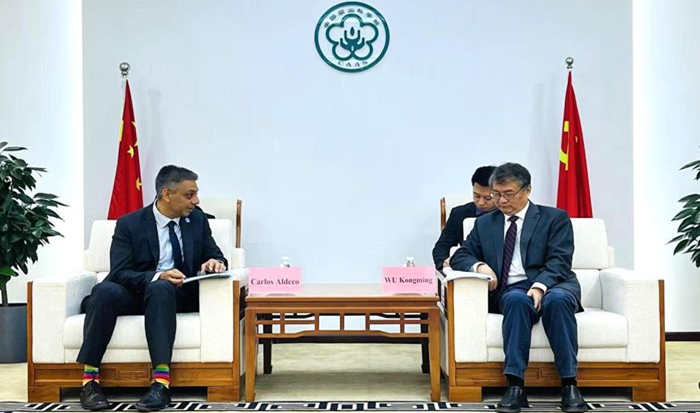 Jun 05, 2025CAAS President Meets New FAO Representative in China
Jun 05, 2025CAAS President Meets New FAO Representative in China -
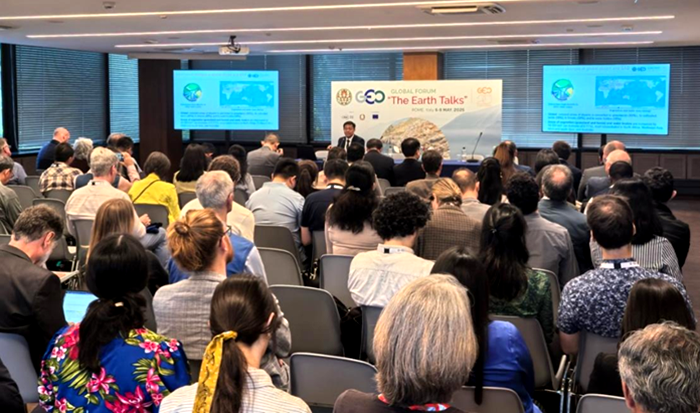 May 27, 2025Director General of IARRP attends 2025 Global Forum of Group on Earth Observations
May 27, 2025Director General of IARRP attends 2025 Global Forum of Group on Earth Observations -
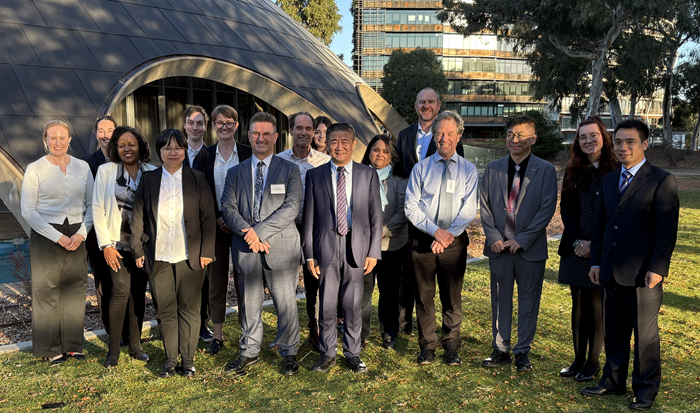 May 20, 2025IPPCAAS Experts Visit Australia to Promote In-Depth China–Australia Cooperation in Plant Biosafety
May 20, 2025IPPCAAS Experts Visit Australia to Promote In-Depth China–Australia Cooperation in Plant Biosafety -
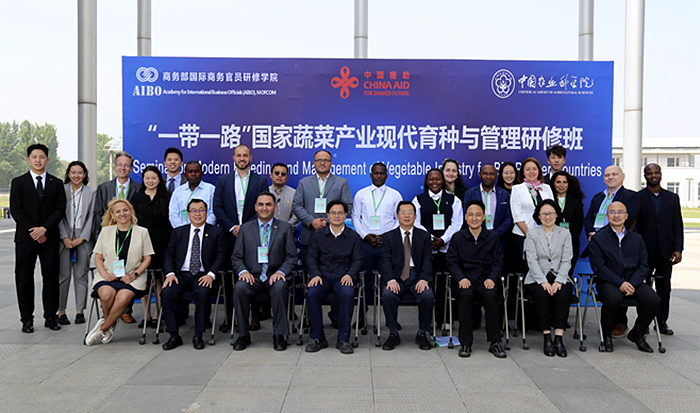 May 20, 2025Opening Ceremony of the Seminar on Modern Breeding and Management of the Vegetable Industry for BRI Partner Countries Successfully Held in Yanqing, Beijing
May 20, 2025Opening Ceremony of the Seminar on Modern Breeding and Management of the Vegetable Industry for BRI Partner Countries Successfully Held in Yanqing, Beijing -
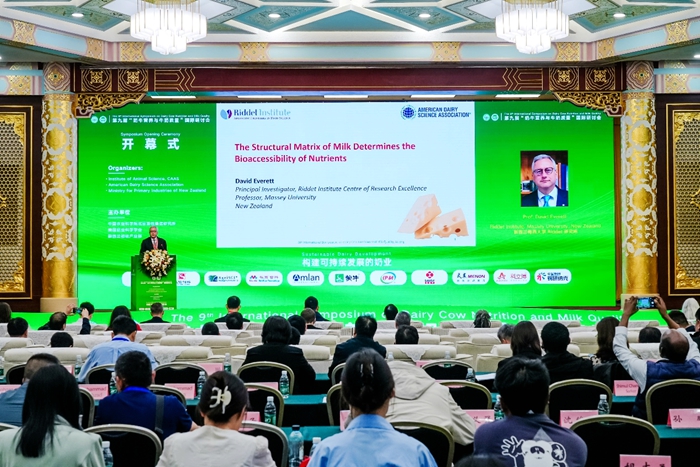 May 18, 2025Sustainable Dairy Development — The 9th International Symposium on Dairy Cow Nutrition and Milk Quality Convenes in Beijing
May 18, 2025Sustainable Dairy Development — The 9th International Symposium on Dairy Cow Nutrition and Milk Quality Convenes in Beijing
